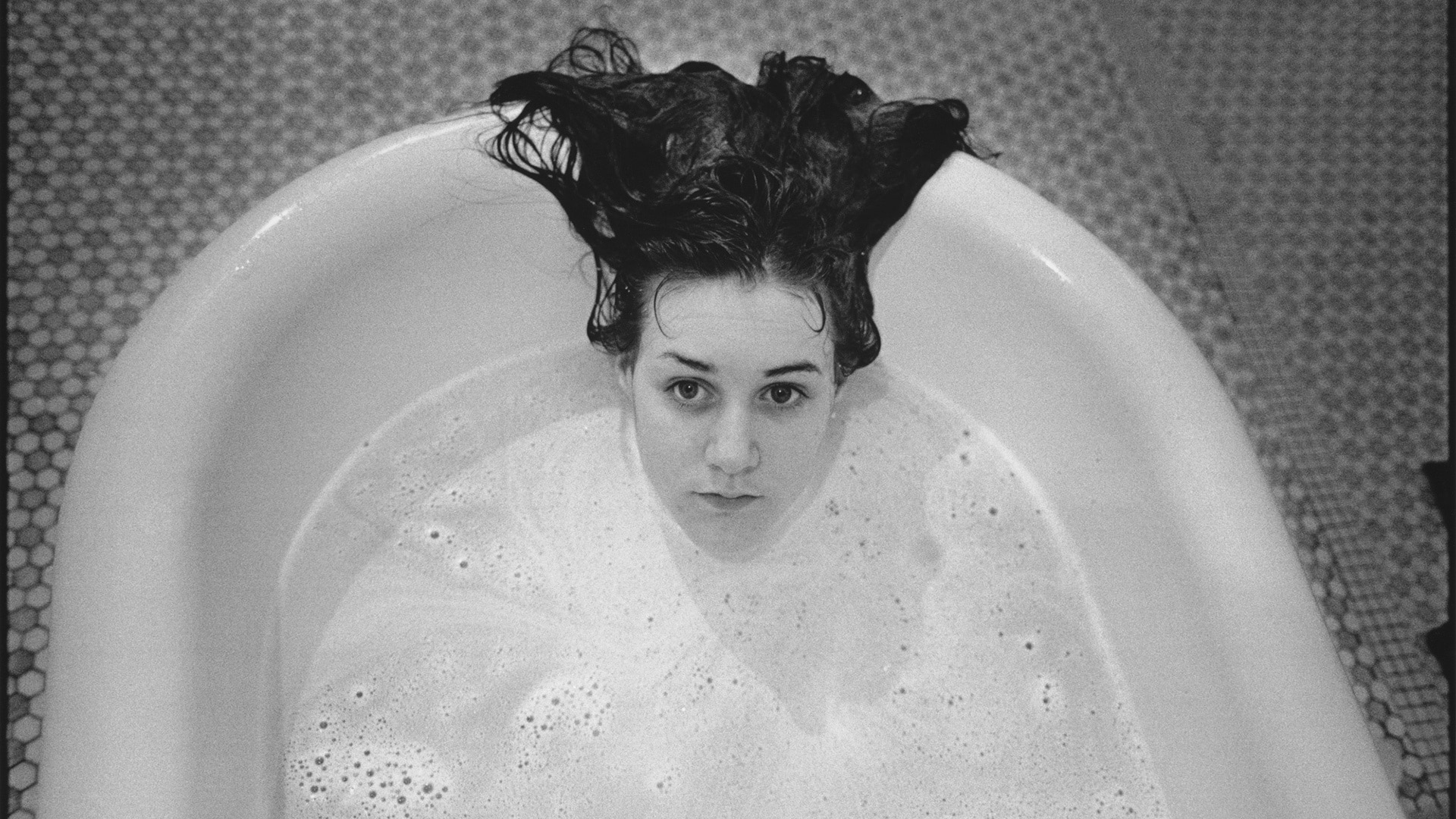
“I didn’t have the happiest home life or childhood, so I think that gave me a feeling of justice and passion for people that don’t have all the breaks,” Mary Ellen Mark (1940-2015) said in 2010 on KOBRA SVT, Swedish National Television.
“I think it was important to me to be free and wander the world and not have a family,” Mary Ellen Marks added. “I think if you don’t come from a happy home, maybe you don’t want to tie yourself down. I always wanted to be completely free. Even from the time that I was like eight years, seven years old, I remember walking home from grade school thinking, When am I going to get out of here? I’ve got to be free. So the freedom was always a major thought for me, a major plan.”


That desire for freedom became the driving force in the artist’s life. Having no children of her own, Mark was able to dedicate herself wholly to the creation of an extraordinary archive of work, selections from which were recently published in the three-volume monograph, The Book of Everything (Steidl), edited by film director Martin Bell, Mark’s husband and collaborate for 30 years.
Mary Ellen Mark got her start in photography when she was coming of age, her development as a woman and an artist inextricably interlaced. “The second I picked up a camera, I went out on the street,” Mark told Karen Stein, editor of Mary Ellen Mark: Exposure (2004). “I was in college; I was living in Philadelphia, had an apartment downtown, and they lent us cameras. I just went out on the street and suddenly I was meeting people and taking their picture, and it was like, ‘Wow!’”

Respect
Perhaps because of her own experiences, Mark understood children were not to be infantilized, undermined, diminished in any form, but rather respected as equals in proper regard. She explained, “I don’t like to photograph children as children. I like to see them as adults, as who they really are. I’m always looking for the side of who they might become.”

This understanding is evident throughout the new exhibition Mary Ellen Mark: Girlhood, a selection of approximately 30 photographs made throughout the artist’s career, including works from the artist’s best-known series including “Prom,” “Streetwise” and “Twins.” She engaged with her subjects as individuals rather than as archetypes, preferring to bear witness to the particular rather than play with narratives about gender, culture, ethnicity, or age. Perhaps what is most revealing about the artist’s work is her empathy for girls who have been would otherwise go unseen to create an authentic portrait of girlhood liberated from the constructs of the patriarchy. It’s a perspective that suggests a knowing that one can only truly possess through the trials and tribulations of lived experience.


“I don’t think you’re ever an objective observer,” Mark said in a 1990 interview with Eleanor Lewis for The Photo Essay: Photographs by Mary Ellen Mark. “By making a frame you’re being selective, then you edit the pictures you want published and you’re being selective again. You develop a point of view that you want to express. You try to go into a situation with an open mind, but then you form an opinion, and you express it in your photographs. It is very important for a photographer to have a point of view—that contributes to a great photograph.”
By Miss Rosen
Miss Rosen is a New York-based writer focusing on art, photography, and culture. Her work has been published in books, magazines, and websites including Time, Vogue, Artsy, Aperture, Dazed, and Vice, among others.
Mary Ellen Mark: Girlhood
March 3 – August 8, 2021
National Museum of Women in the Arts
1250 New York Ave., NW Washington, DC 20005, YSA
More information here.
The Book of Everything
€ 480.00
Steidl
Available here.


